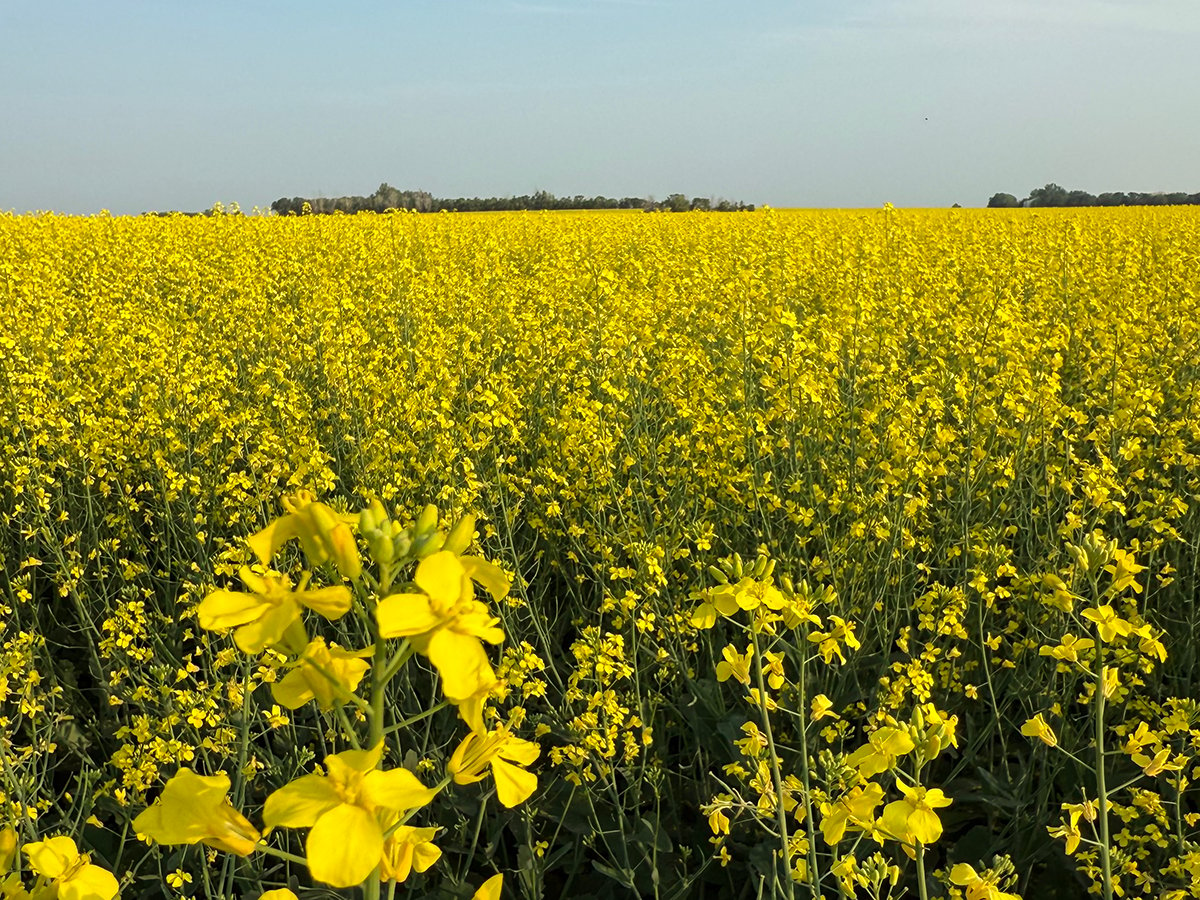The barrage of criticism aimed at meat packers, which are being accused of reaping large profits in the midst of the largest crisis to ever hit the cattle industry, is simply market economics and not price gouging, according to an industry analyst.
Kevin Grier of the George Morris Centre in Guelph, Ont., said supply and demand economics are at work. There are 20,000 extra slaughter cattle each week, he said.
“The whole issue is the fact there are more cattle than they need,” he said of claims that packers are gouging producers. “Everything beyond the farm is normal.”
Read Also

Canola support gets mixed response
A series of canola industry support measures announced by the federal government are being met with mixed reviews.
That’s no comfort to producers who are selling some animals for next to nothing.
One Saskatchewan producer, who did not want to be identified, said he got two cents a pound for a five-year-old, 1,200 lb. cow. He said the packer sells the carcass to retailers for $1.89 a lb.
“That cow still dresses out at 600 lbs.,” he said. “Even if you grind it all up, at $2 a pound, they’re making a killing.”
But Jim Laws, executive director of the Canadian Meat Council, said it’s more complicated than that.
“The packers have lost a lot of value that we used to get,” said Laws. That includes earnings from tongues, feet, tails, esophagus and other parts generally not consumed in Canada.
Laws said in that area alone packers have lost $192 per head they would have got in the South Korean and Japanese markets.
The requirement to remove specified risk materials (brain and spinal cord tissue) and undertake dentition checks has added costs.
Packers are now paying between $62 and $100 a tonne to take away material that used to go to renderers and for which they used to earn money.
“This is a really bad situation,” Laws said. “We can’t afford to pay more for an animal than we know we’re going to get. Packers have to stay in business.”
Some believe the packers are doing too well while producers suffer.
In Ottawa, Liberal MP Paul Steckle has called for an investigation into the packing industry and what he calls “unfair profiteering.”
During a debate in the House of Commons, he noted that retail prices haven’t changed but producers are getting much less of the consumer dollar.
“Some might attempt to distort the issue by saying that the cost of disposing of bones, blood and fat has increased, hence adding to the consumer cost,” Steckle said.
“I spoke to a butcher in my riding who told me that, while his disposal costs have indeed increased, they could not begin to justify maintaining the pre-BSE retail prices of beef given the lower price being paid to farmers.”
The spread between retail and farm price is growing. According to a Jan. 30 Canfax report, the Alberta fed steer dressed price for the five years before BSE was between 30 and 42 percent of the retail price.
Last year, it was only 13 to 38 percent of the price.
The Saskatchewan producer said consumers who think they’re helping producers by continuing to buy beef at the same prices are really only helping the packers.
“I want to see cheap beef in the stores,” he said.
Alberta agriculture minister Shirley McClellan has announced her staff will review the impact of BSE on prices of cattle and beef.
“There have been concerns raised of how the prices have fluctuated since May,” said David Hennig, acting agriculture information officer.
The review will look at overall price trends, including wholesale and retail prices.
Grier said he sympathizes with producers, but doesn’t blame the packers.
“There’s no conspiracies other than too many cattle,” he said.















